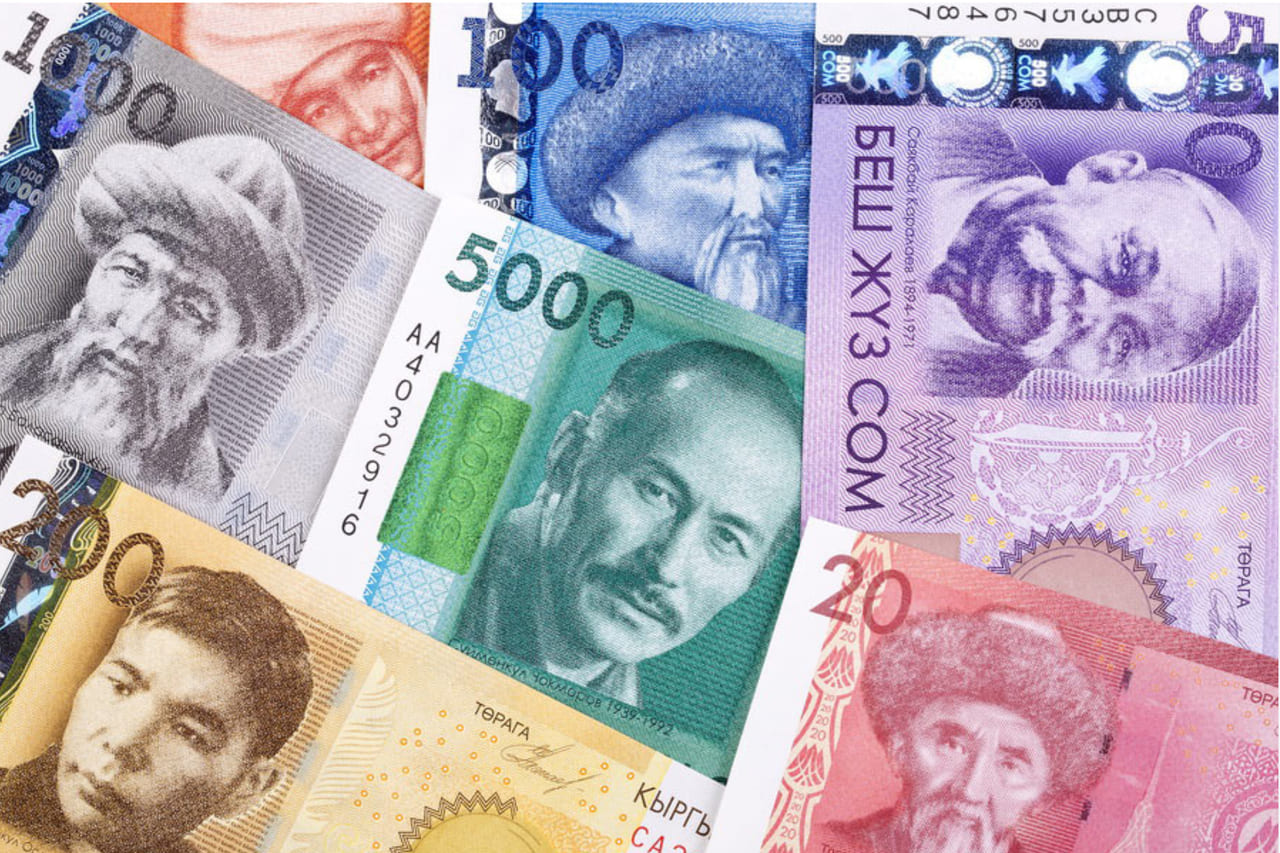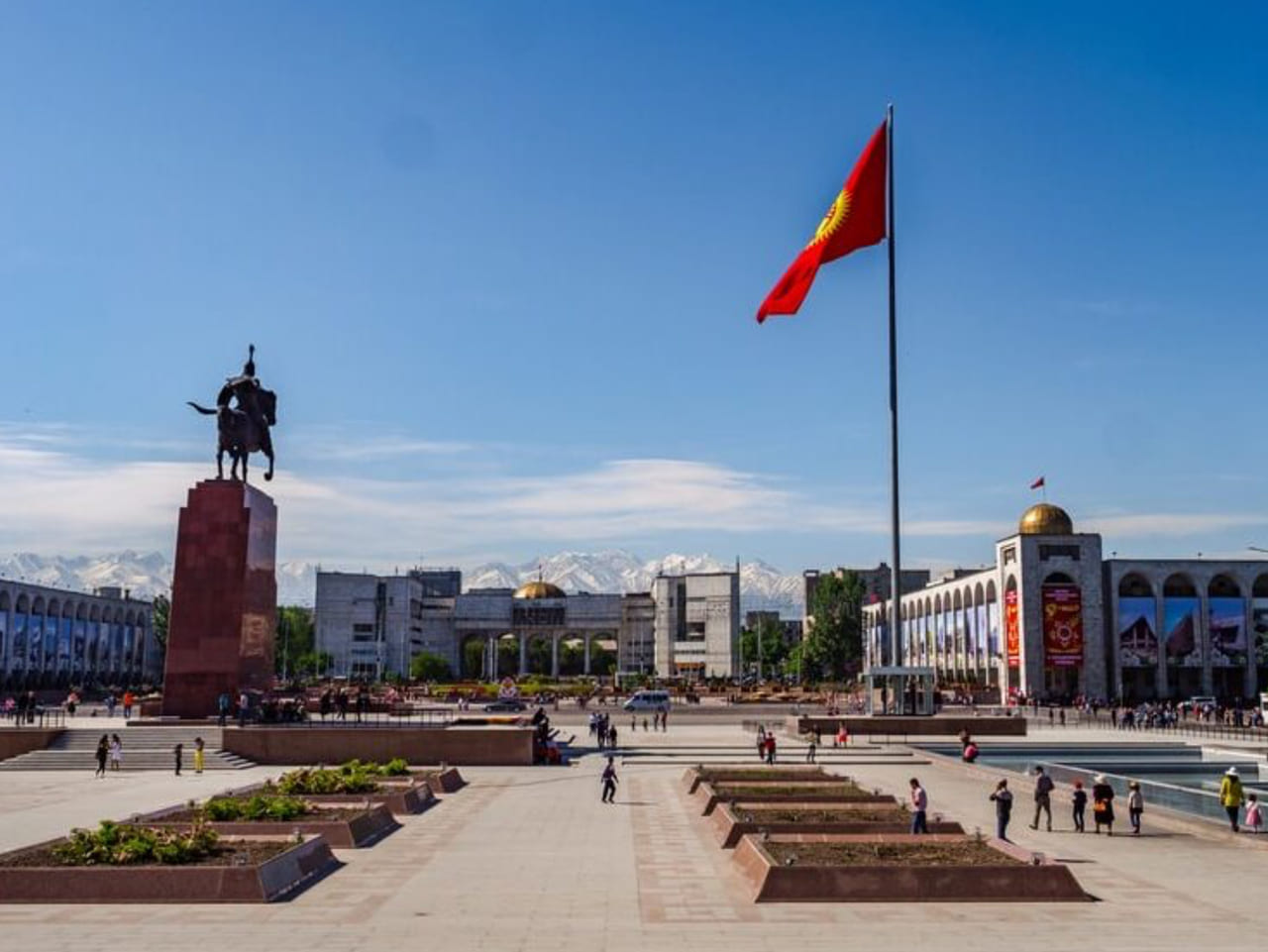In recent months, Kyrgyzstan has seen an increase in the amount of cash circulating within the country. In June alone, over KGS 14bn ($165.8mn) entered circulation, pushing the total amount of money held by the population to over KGS 214bn ($2.53bn) by July 2024. This rise in cash flow has sparked concerns among some about potential inflationary pressures and the risk of hyperinflation, Vesti.kg reported.

According to the National Bank of Kyrgyzstan, the amount of cash in circulation has been steadily increasing. At the beginning of 2023, Kyrgyz citizens held over KGS 192bn ($2.27bn), a figure that grew to KGS 200bn ($2.37bn) by May 2024 and surged to 214.9bn ($2.54bn ) by July.
Despite the growing cash supply, economist Iskender Sharsheev downplayed fears of hyperinflation. Sharsheev explained that the increase in cash flow alone does not necessarily indicate an imminent risk of hyperinflation.
"Hyperinflation is defined as extremely high and accelerating inflation, usually exceeding 50% per month. This occurs when there is an uncontrolled increase in the money supply that is not supported by economic growth, leading to a loss of confidence in the national currency," Sharsheev said.
He emphasized that official data does not currently suggest such a scenario for Kyrgyzstan. Moreover, the Cabinet of Ministers has highlighted industrial growth and improvements in the country's investment attractiveness, further supporting economic stability.
Sharsheev emphasized that the National Bank's balanced management of the money supply is crucial in minimizing the risk of hyperinflation. However, he cautioned that large budget deficits financed by printing more money could lead to increased inflation if not handled responsibly.

The economist highlighted that Kyrgyzstan’s economy has shown positive signs of development, which has helped absorb the increasing money supply without a significant spike in consumer prices. This is supported by the European Bank for Reconstruction and Development's (EBRD) forecast for stable economic development in Kyrgyzstan and the broader Central Asian region.
"Confidence in the som remains intact," Sharsheev added. "The population does not seem eager to spend their soms quickly, which would be a sign of panic. Our inflation remains at moderate levels, and the National Bank is maintaining control over the money supply. The real risk of hyperinflation remains small."
The Ministry of Economy and Commerce has expressed confidence that recent measures taken by the Cabinet of Ministers will help keep inflation at manageable levels. They predict inflation will remain at around 5.8% by December 2024, well within acceptable bounds and far below hyperinflation thresholds.
While inflationary pressures may continue, Sharsheev believes the solution lies in boosting economic activity through enterprise growth and increasing individual entrepreneurship, which he estimates should rise to 12% of the population to support sustainable economic development.
Hyperinflation, typically characterized by monthly price increases exceeding 50%, would result in severe economic consequences, including currency depreciation, payment breakdowns, and a national crisis. However, based on current trends, experts believe Kyrgyzstan is far from such a scenario, with cautious optimism for the country's economic outlook.
Follow Daryo's official Instagram and Twitter pages to keep current on world news.
Comments (0)